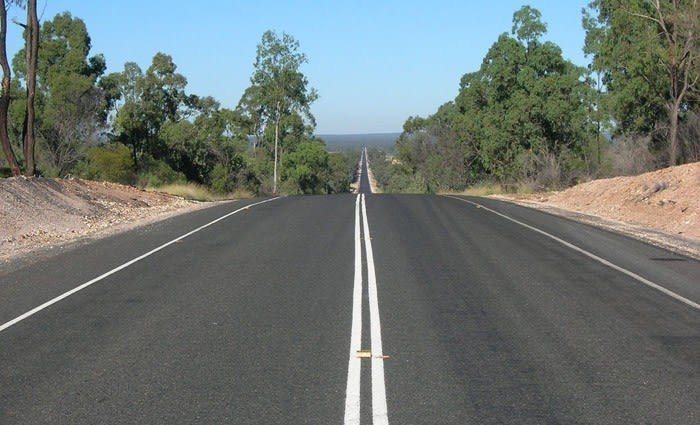Smaller capital cities and larger regional centres rising
The biggest market trend happening nationally is that smaller capital cities and larger regional centres are rising, while the two biggest cities are trending downwards.
Economists and other commentators who like to generalise keep telling us that the rate of growth in “Australian house prices” is declining and “the property market” generally is losing steam.
But they’re really talking about everyone’s obsession, Sydney, and ignoring the myriad different scenarios playing out in markets across the nation.
Sydney and Melbourne are still prominent in terms of annual price growth, but sales activity confirms that both Sydney and Melbourne are gradually heading south from their peaks, especially Sydney which is ahead of Melbourne in the cycle.
In terms of the number of individual growth markets, the two biggest cities are being overtaken by some of the smaller state capitals. Both Canberra and Hobart are heading up while the two big cities are trending down.
But the headline trend is that regional markets are becoming dominant.
If we divide the nation into jurisdictions comprising the capital cities and regional areas of each of the states, the two leading jurisdictions right now (the ones with the most growth locations) are Regional Queensland and Regional New South Wales.
Regional Victoria also has a growing number of upwardly-mobile markets. In NSW, Victoria and Queensland, the regions now have more growth markets than their capital cities.
Among the rising markets is the Newcastle/Hunter region, which is the stand-out precinct in Regional NSW. The Lake Macquarie LGA on the fringe of Newcastle has five growth suburbs and several other steady ones. Other LGAs close to Newcastle with growth momentum include Port Stephens, Maitland and Cessnock.
Both Singleton and Muswellbrook, which suffered when the coal downturn coincided with new supply, are continuing to mount comebacks. They form part of another trend in regional Australia, whereby many of the locations worst hit by the end of the resources investment boom are showing increasing signs of revival in their property markets.
In Western Australia, centres like Port Hedland and Karratha (which had massive reductions in property values in recent years) now have sales activity rising again.
In Queensland, regional centres like Mackay, Emerald and Dalby are showing signs of recovery. Even coal-mining town Moranbah, the quintessential boom-bust town, now has sales growing again.
I’m not suggesting investors should be considering buying there – these locations have volatile markets at the high-risk end of the investment spectrum. I simply observe that they’re part of a revival of fortunes in some parts of regional Australia.
They’re also part of my argument that we don’t have a single market in Australia but many different ones – and they’re not all moving in the same direction or at the same speed.
While Sydney is waning, Canberra is starting to rise. Perth, which has been doing the polar opposite of Sydney over the past four years, is continuing the trend by moving into a recovery phase.
In the recent past, I have suggested that the first glimpses of recovery could be seen in Perth. Now the city has a significant number of suburbs with growing sales activity, for the first time in four years.
So next time you see commentary from someone who discusses Australia as a single market, keep in mind the many different scenarios currently playing out in Sydney, Canberra, Hobart, Perth and the various centres across regional Australia.
Terry Ryder is the founder of hotspotting.com.au
twitter.com/hotspotting
